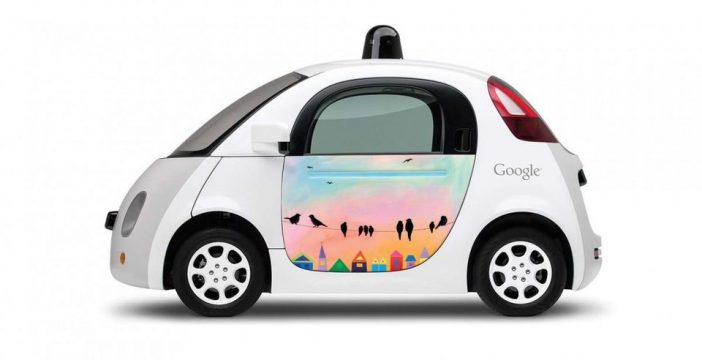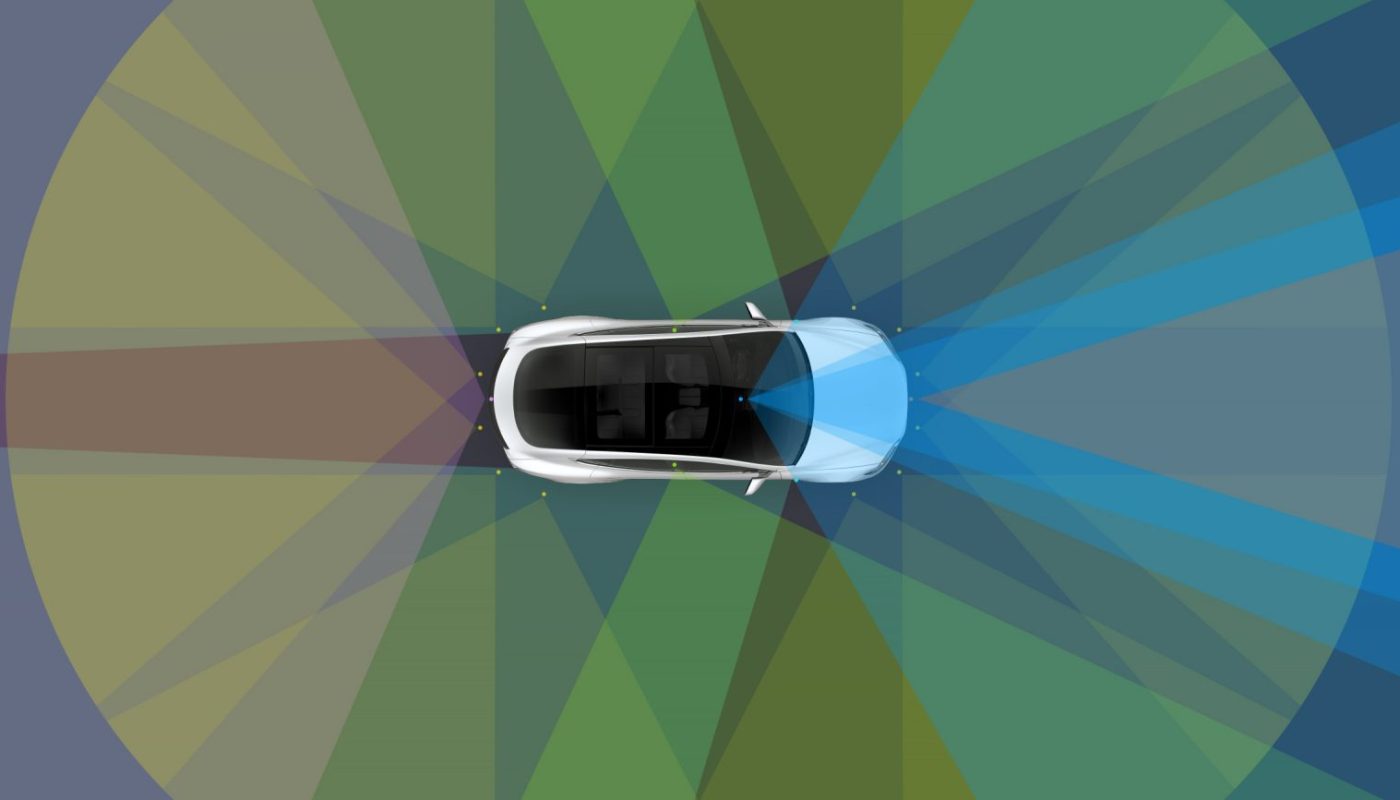Hi everyone!
It is time to talk about IoT, which means Internet of Things in the Mobility World!
The concept of a self-driving car has always made many people wonder. The things that we have frequently seen in science fiction films are getting into our real lives.
https://www.youtube.com/watch?v=T2rbdMlmpYY
Tesla Introducing Dog Mode
Internet of Things (IoT) stands for a combination of multiple devices connected through the Internet. Driverless cars use a diversity of sensors to receive information from their surroundings and requires a collection of the data and its processing. These autonomous vehicles update their algorithms based on this connection and share the information about the road in which is included actual path, traffic and how to navigate etc. This is done thanks to the IoT.
History of Self-Driving Cars

In 1904, absolutely, you did not read it wrong! The first unmanned road vehicle was made in 1904 by the Spanish inventor Leonardo Torres-Quevedo. As you can see on the photo, it was a radio-controlled tricycle. Afterwards, the militaries used this kind of radio-controlled vehicles during World War I in order to detonate explosives.
The first radio-controlled “driverless” car was introduced by Francis Houdina in 1925.
In 1956, a version of GM Firebird II was built for detector circuits embedded on highways.
In 1958, the Chrysler Imperial was the first car with a cruise control function.
In 1994, the Bundeswehr Universitat’s robotic cars VaMP and VITA-2 drove over 600 miles safely.
In 2009, Google’s self-driving project began.
In 2015, Tesla launched its autopilot software.
In 2018, GM completed a self-driving car with no steering wheel or pedals.

5 Autonomous Driving Level
There are 5 different driving automations you need to know in order to understand where we stand in this rapidly developing technology.
A simple explanation of each level of autonomy.
Level 0 – No Automation
You are in control. Be careful! Alcohol is forbidden! ?
Level 1 – Driver Support
The car manages itself some functions, but you have to continue to control variables such as acceleration, braking and to follow the path. Imagine a car that slows down a little when you’re too close to another car on the way. You still have to be careful, and again, alcohol is forbidden!?
Level 2 – Partial Automation
You should always be ready to control your vehicle and you still have security responsibilities. Only the steering and acceleration tasks can be partially taken over from you. Therefore, alcohol is still banned ?
Level 3 – Conditional Automation
The vehicle can control the entire monitoring of the environment differently from levels 2 and 3. The driver’s attention is still important at this level, but the safety-critical functions, such as braking, can be performed by your vehicle. Control can be left to technology when conditions are safe. At speeds of about 37 mph and lower, self-driving vehicles can take care of themselves. (Sorry still beer banned ?)
Level 4 – High Automation
At this level, your car can track the road completely, respond to situations such as acceleration and braking, know when to change lanes, know when to give signals, and more.
The drive system first informs the driver when the conditions are safe, and the driver only switches the car to this mode. In some complex situations (extreme traffic and road changes and maintenance work etc.), it cannot decide between more dynamic driving situations. (Maybe a beer? ?)
Level 5 – Complete Automation
Do you have enough beer with you? ? Please open your map and enter the party venue to it and open your first beer can ?
There is no need for the human at this stage. Since the autonomous vehicle system controls tasks and variables, there is no need for a gas and brake pedal or even a steering wheel due to the control of unique driving conditions such as traffic jams and all extreme conditions.
That’s not all!
So what do you think about it? The question is that “Could you hand yourself over to an autonomous vehicle?” Please feel free to share your feedback and questions.
Be curious and stay in touch!

Please Follow Us: Blog HSLU : http://bit.ly/easymobiliser Instagram : https://www.instagram.com/mobilisereasy/ Twitter : https://twitter.com/easymobiliser Facebook : https://www.facebook.com/EasyMobiliser LinkedIn : https://www.linkedin.com/in/easymobiliser/ PodCast : https://soundcloud.com/easymobiliser Youtube : https://www.youtube.com/channel/UC7iE7usVYfuCy9y8SRZQDMQ WordPress : https://easymobiliser.wordpress.com/ E-Mail : email hidden; JavaScript is required
Quellen:
US Department of Transportation - Department of Transportation’s Automated Driving Safety Guidelines SAE International Automated Driving Standards SAE Standards News: J3016 automated-driving graphic update Blog Discover Magazine - The ‘Driverless’ Car Era Began More Than 90 Years Ago Forbes - Google Is Leader In 'Revolutionary' Self-Driving Cars, Says IHS Tesla - Autoplot Tesla - PressKit (Titel Bild)
* All images are the property of their respective owners and brands.




Dear Serdar,
Level 5 sounds like fun 😉 What do you think, do we reach it within the next 20 years?
Cheers,
Adrian
Dear Adrian
Thanks for your comment and question.
General Motors has already prepared a vehicle! No steering wheel and pedals! Tesla is already everywhere. 🙂
That means … We need more and more beer! 🙂
Prost!
Serdar